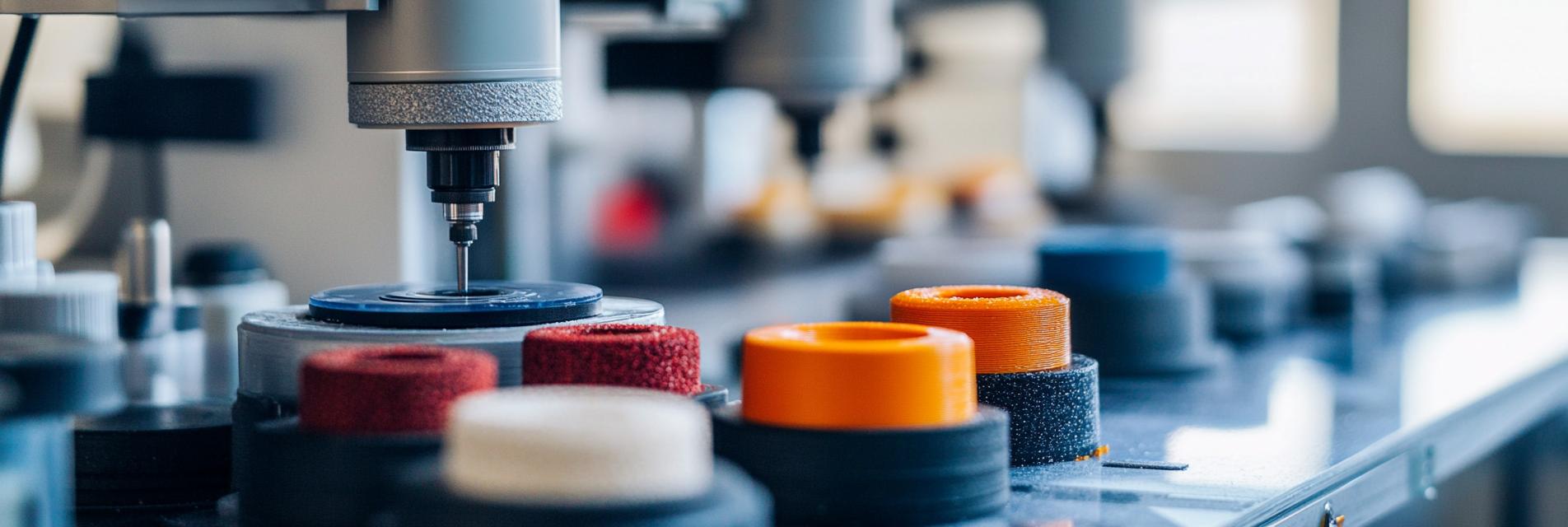As a seasoned professional in the rubber industry, I often find myself pondering the age-old question: how can we make our rubber products age like fine wine 🎉 instead of suffering from the inevitable deterioration 🥴? Today, let’s dive deep into the *key factors influencing the aging resistance of rubber products*!
Rubber, while immensely valuable for its elasticity and durability, faces the test of time and environmental factors. Aging can lead to hardening, cracking, and a significant reduction in functionality. Therefore, enhancing *anti-aging performance* is crucial for maintaining product quality.
Choosing the right materials is pivotal. High-quality polyisoprene and synthetic rubbers tend to exhibit superior aging properties. Testing adds an extra layer of assurance, letting us know which materials can withstand the ravages of age and environmental conditions. It's kind of like choosing the right shoes for a long marathon - go for quality!
Incorporating *additives* such as antioxidant agents and UV stabilizers can significantly boost durability. Just like slathering on sunscreen before heading out to the beach 🏖️, these treatments shield rubber from the detrimental effects of UV rays and oxidation.
The *enhancement techniques* employed during manufacturing play an undeniable role in the longevity of rubber products. From curing processes to the method of blending materials, each step can make a vast difference. Think of it as preparing your favorite dish; the technique can elevate a simple recipe to culinary greatness!
In conclusion, understanding and leveraging the key factors that influence the aging resistance of rubber products can significantly enhance their performance and lifespan. By focusing on quality materials, effective additives, and advanced manufacturing techniques, we can create rubber products that not only age gracefully but also remain reliable through the years.
Let’s embrace these innovative strategies and leap ahead in the rubber industry! Who says rubber can't be fun? 😄

